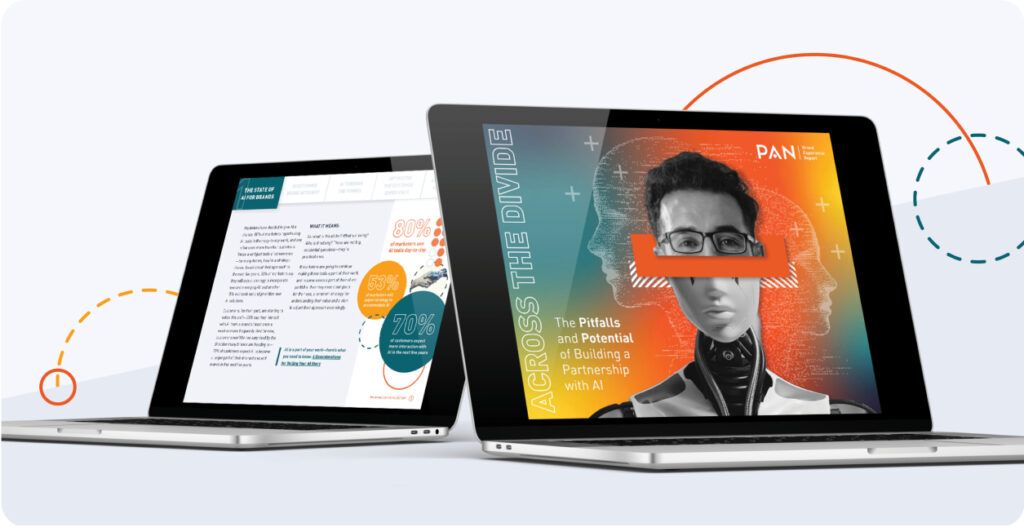Today’s healthcare landscape is rapidly changing. Wavering legislation, value-based care, rising drug prices, the evolution of wearables and the informed consumer are among the trends at the nexus of the digital health revolution. We seem to be at a tipping point with many technology companies vying for market share with the promise of solving some of the most pressing healthcare issues of our time.

But how has this revolution actually impacted the end user, otherwise known as the healthcare consumer, thus far? We’ve taken a look at two of the largest digital health innovations – wearables and artificial intelligence – to determine where they stand in terms of impact on patients and how you can increase visibility and influence in these industries.
Wearables
Recent updates in wearable technologies have represented steps forward in the ability for consumers to take their health into their own hands. The newest iteration of the Apple Watch Series 4 features two new, possibly life-saving, features including a built-in EKG and a sensor that detects sudden falls. Even more significant about this announcement is that the FDA has actually granted a ground-breaking marketing authorization for the EKG, as well as the watch’s ability to detect and notify the user of an irregular heart rhythm. According to the FDA, digital health is an area of intense focus due to the ample public health opportunities this revolution represents.
Fitbit also made a big announcement last month, rolling out a telehealth platform called Fitbit Care. The platform is designed to offer coaching and support for healthcare providers, employers and others, including personalized digital intervention, health coaching and virtual care. Individuals who are enrolled for Fitbit Care will be able to communicate directly with care teams for personalized guidance and support.
While these advances in wearable technologies are certainly important and can be used to alert consumers to previously unknown issues and receive in-the-moment guidance, they should still not serve as a replacement for regular medical tests or health screenings.
Artificial Intelligence (AI)
AI is touching just about every aspect of the healthcare system, from pharma to payers to providers and, most importantly, to patients. Capabilities including cognitive conversations, intelligent automation, predictive modeling and content analysis are all contributing to the improvement of healthcare delivery. In terms of how AI is actually touching the consumer, there is hope for future personalization of treatment plans, virtual diagnoses and medication adherence, but the limitations to these capabilities are still being defined.
A recent report from Accenture took a look at the “near-term value” of AI applications in healthcare, estimating that AI applications could save up to $150 billion annually by 2026. One major area the report identified where AI can save money is virtual nursing. Today, virtual nursing allows for communication between patients and care teams to prevent readmission or unnecessary hospital visits. Again, while current technologies can serve as an avenue for more frequent communication and care intervention, they are not yet advanced enough to replace in-person physician visits and health screenings completely.
Increasing Visibility and Influence with Integrated Marketing & PR
As a healthcare marketer, you’re thinking about how to design the right inbound-outbound strategy. You want a strategy that makes you visible among influencers and tucked into trending industry conversations about the future of virtual care but, at the same time, is grounded in your brand’s promise to businesses and consumers. You’ve secured investment or are seeking that next round to expand your footprint and improve your product. You have the human capital and the vision to make it happen. You know your slice of the market is there for the taking, and the time is now to capitalize.
The digital health revolution is upon us. Email us and set up time to “connect” during this year’s Connected Health Conference so we can show you how the right PR and integrated marketing strategy can move your ideas and take your brand visibility to the next level regardless of where you are on your growth path.


